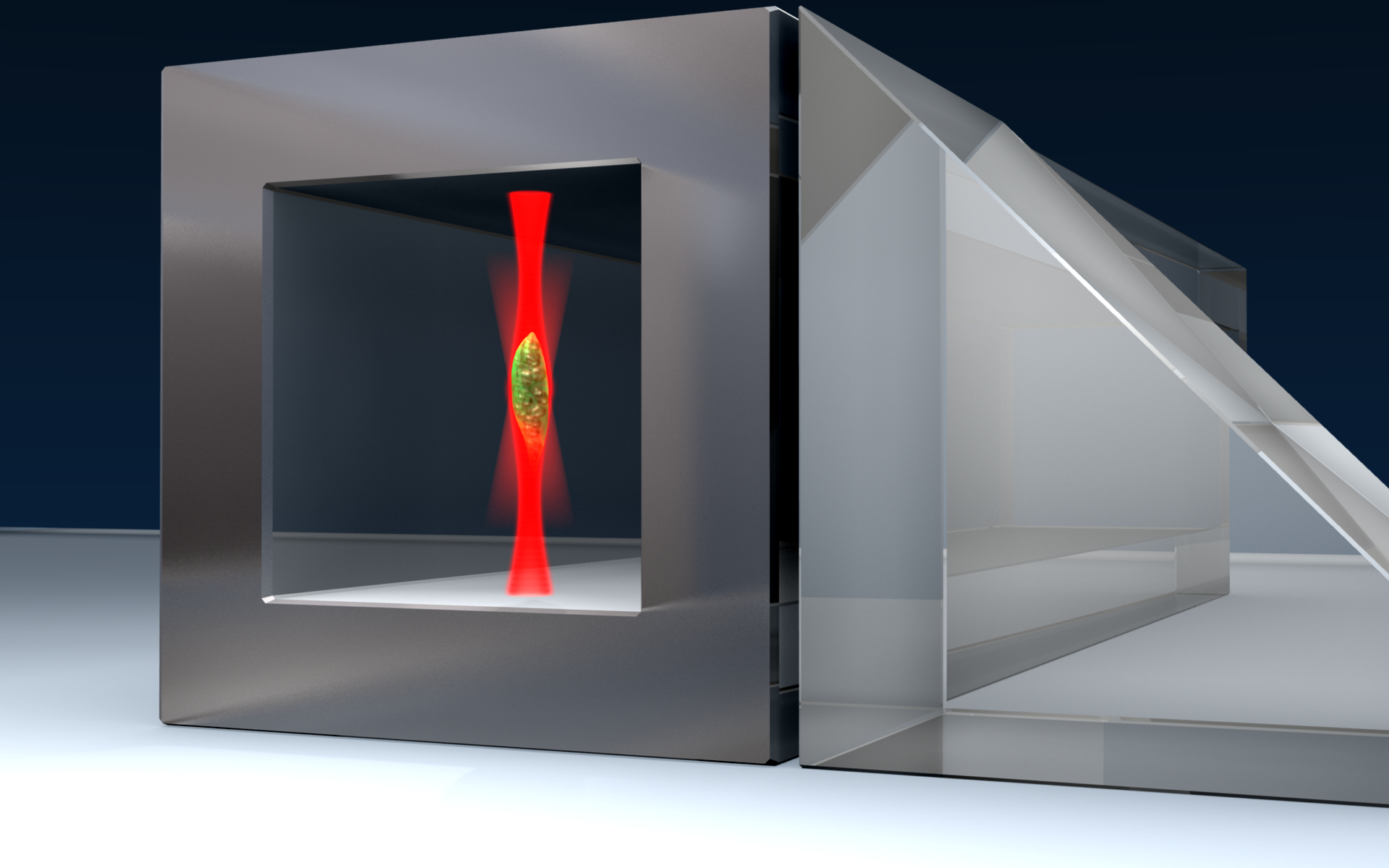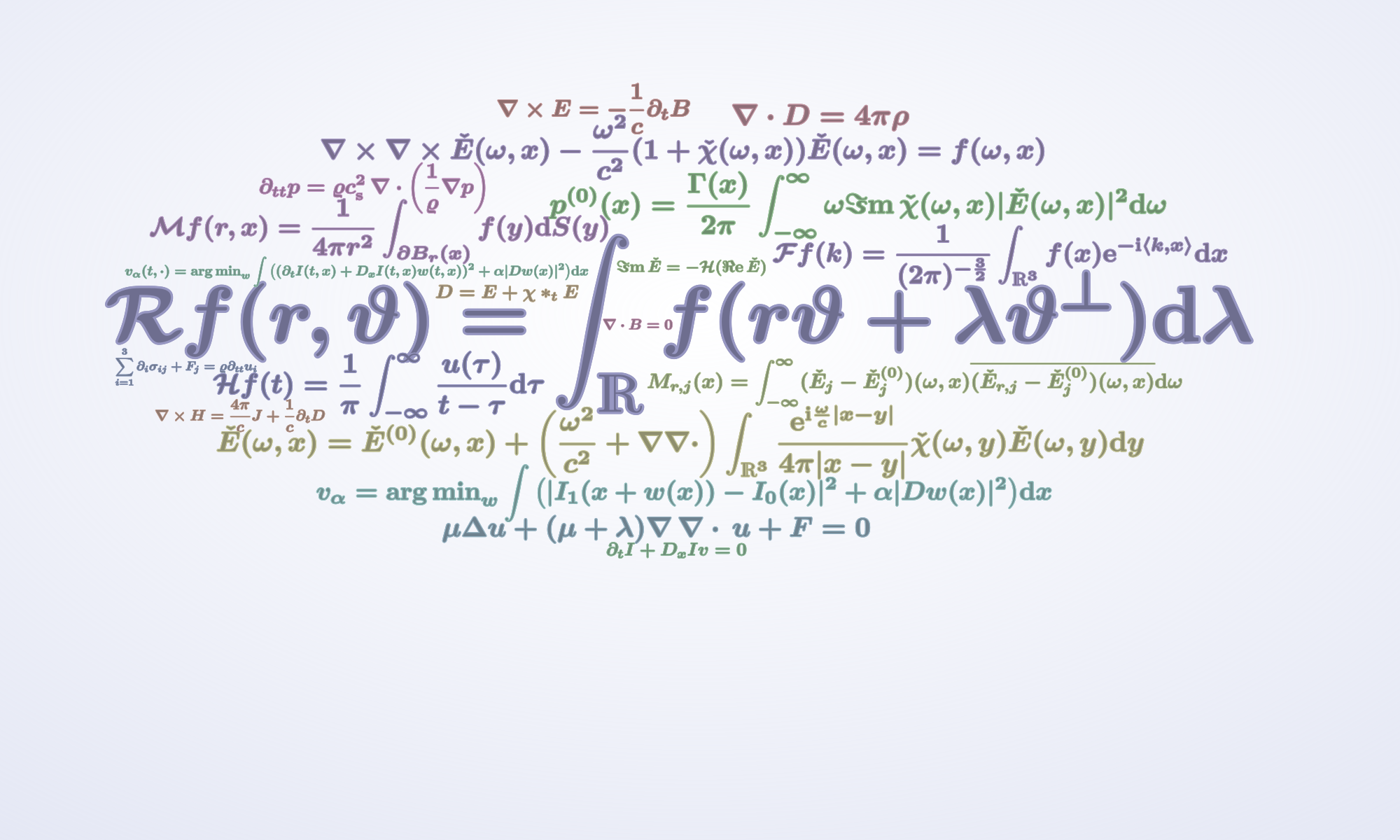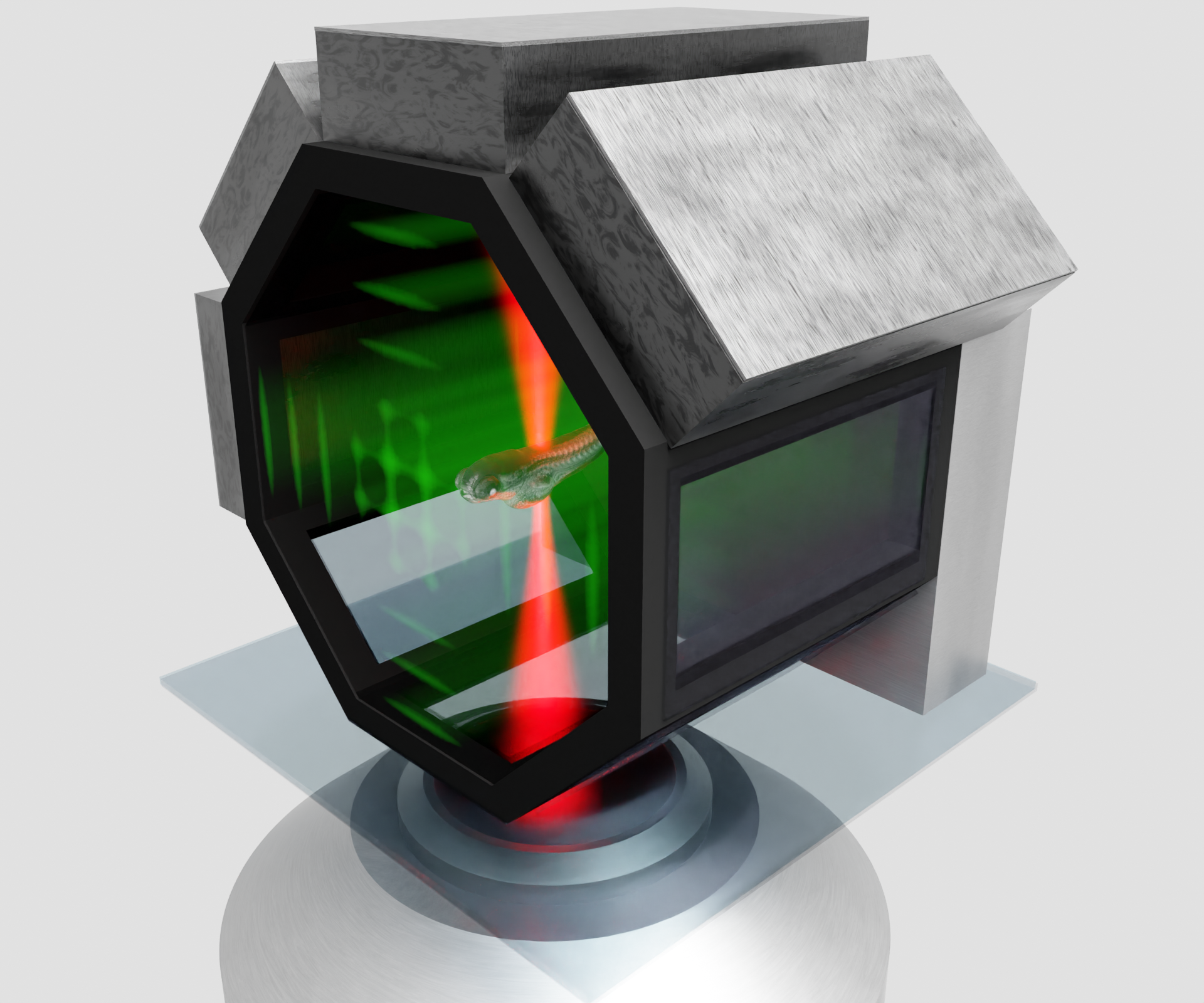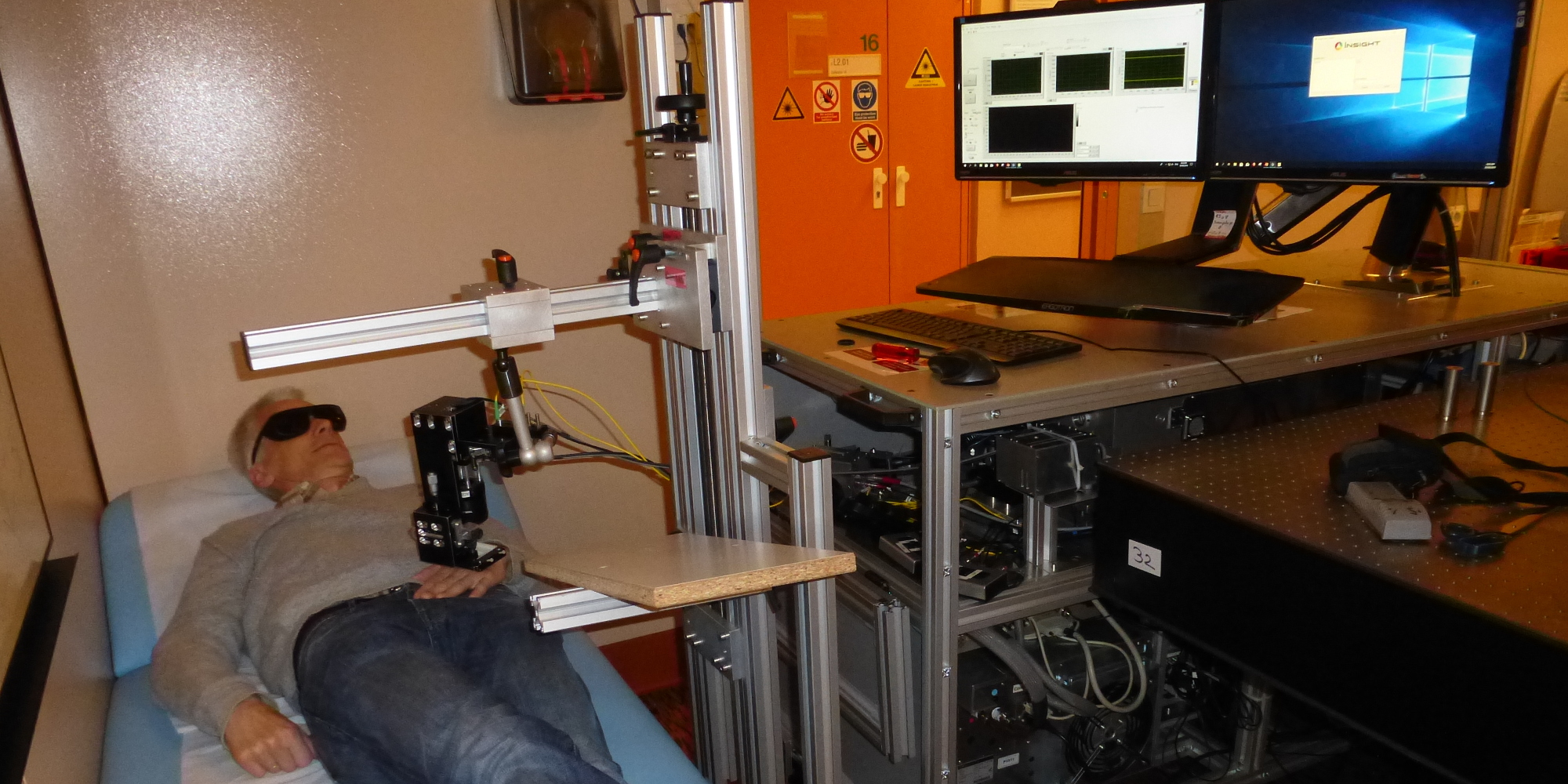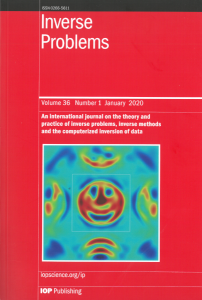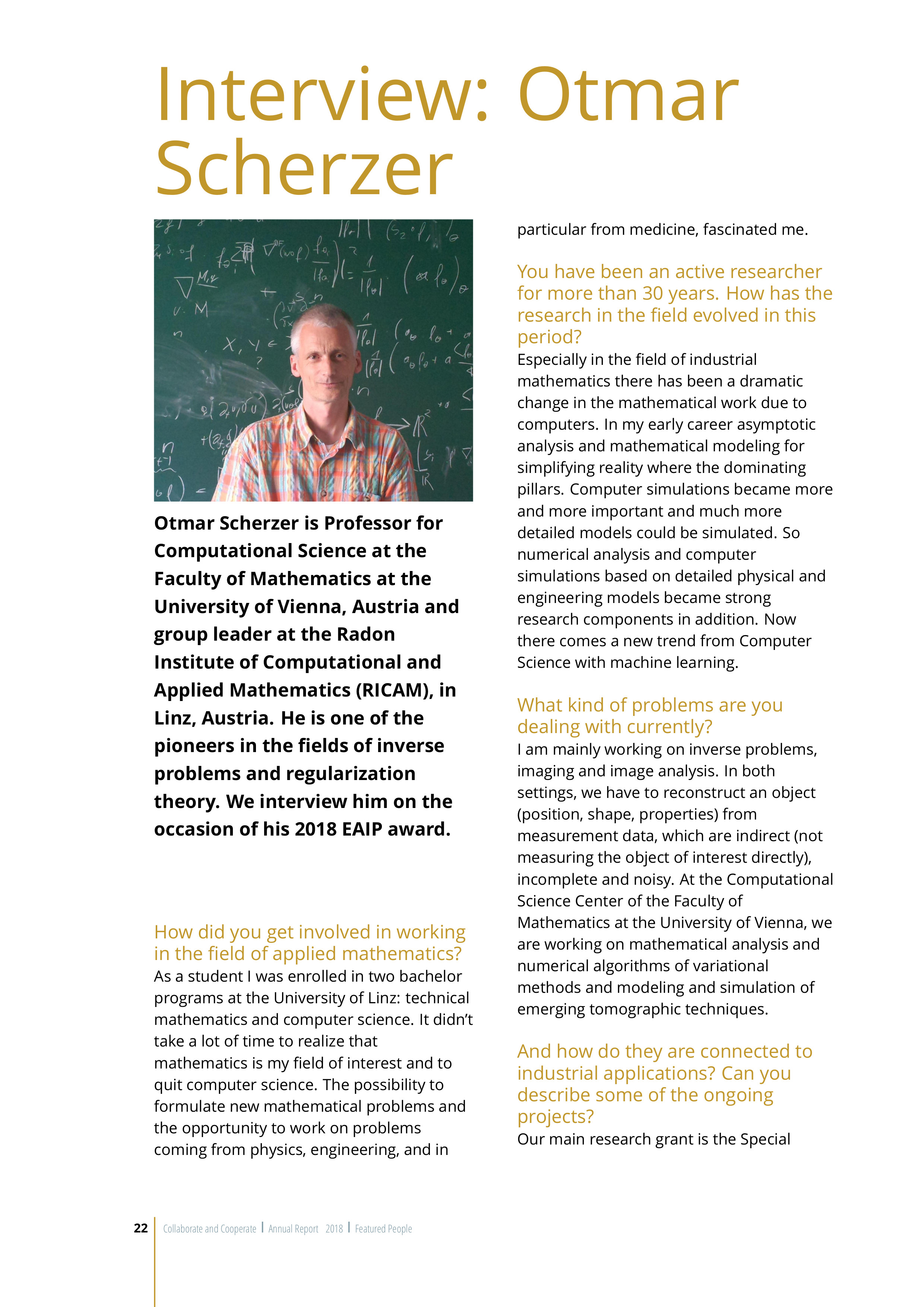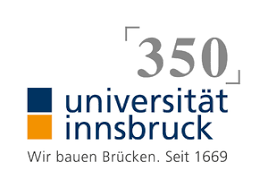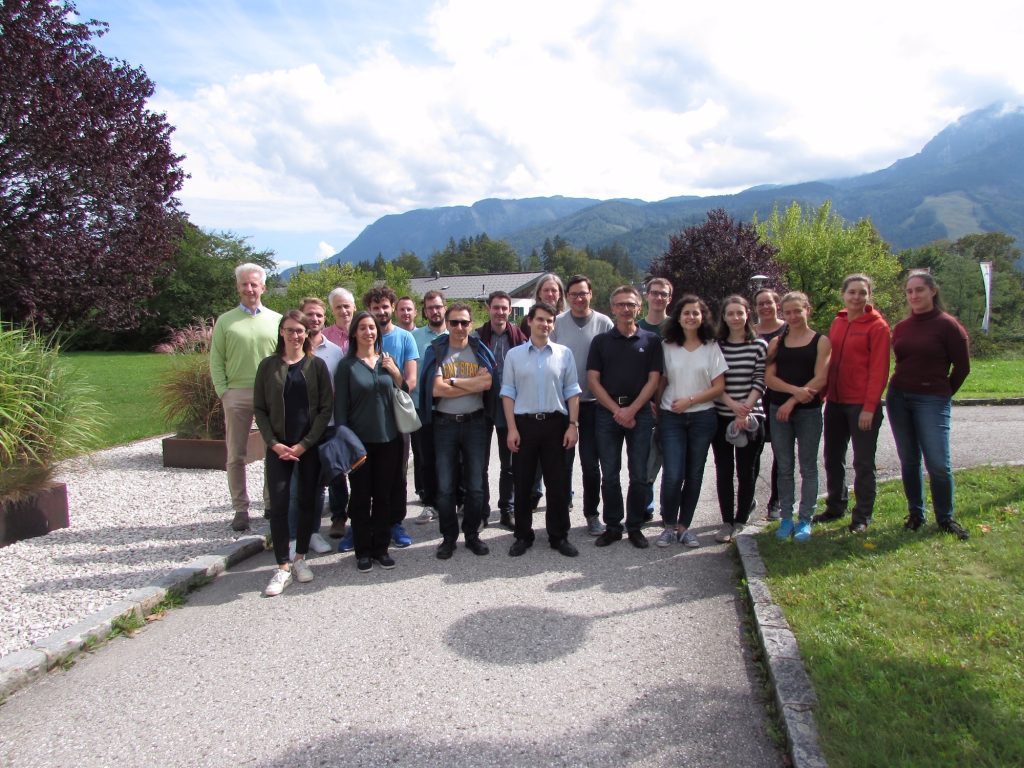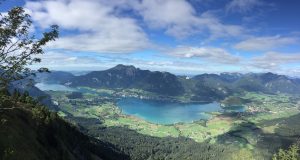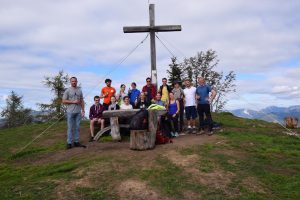Last week (02.03 – 06.03) took place in Kefermarkt the first winter school of the Austrian Study Foundation (Österreichische Studienstiftung). That was the fourth seminar organized by the Austrian Academy of Sciences (Österreichische Akademie der Wissenschaften) with the title “Applied mathematics: as useful as exciting”.
Selected pupils from schools around Austria had the possibility to learn and develop themselves applications of mathematics in everyday life. The four topics where: Financial mathematics, mathematical methods in Tomography, graph theory and mathematical modeling of sound.
Axel Kittenberger and Leonidas Mindrinos (University of Vienna) presented the fundamentals of the Radon transform, its properties and application to tomography. The students made 3D origami objects, image them with a system imitating an optical tomographic setup and then obtain the reconstructed pictures. Günter Auzinger (JKU Linz) addressed also the mathematics of sound propagation. The pupils had the opportunity to answer questions like: What makes the pitch of a musical instrument, what makes the sound and what does this mean for the human voice.
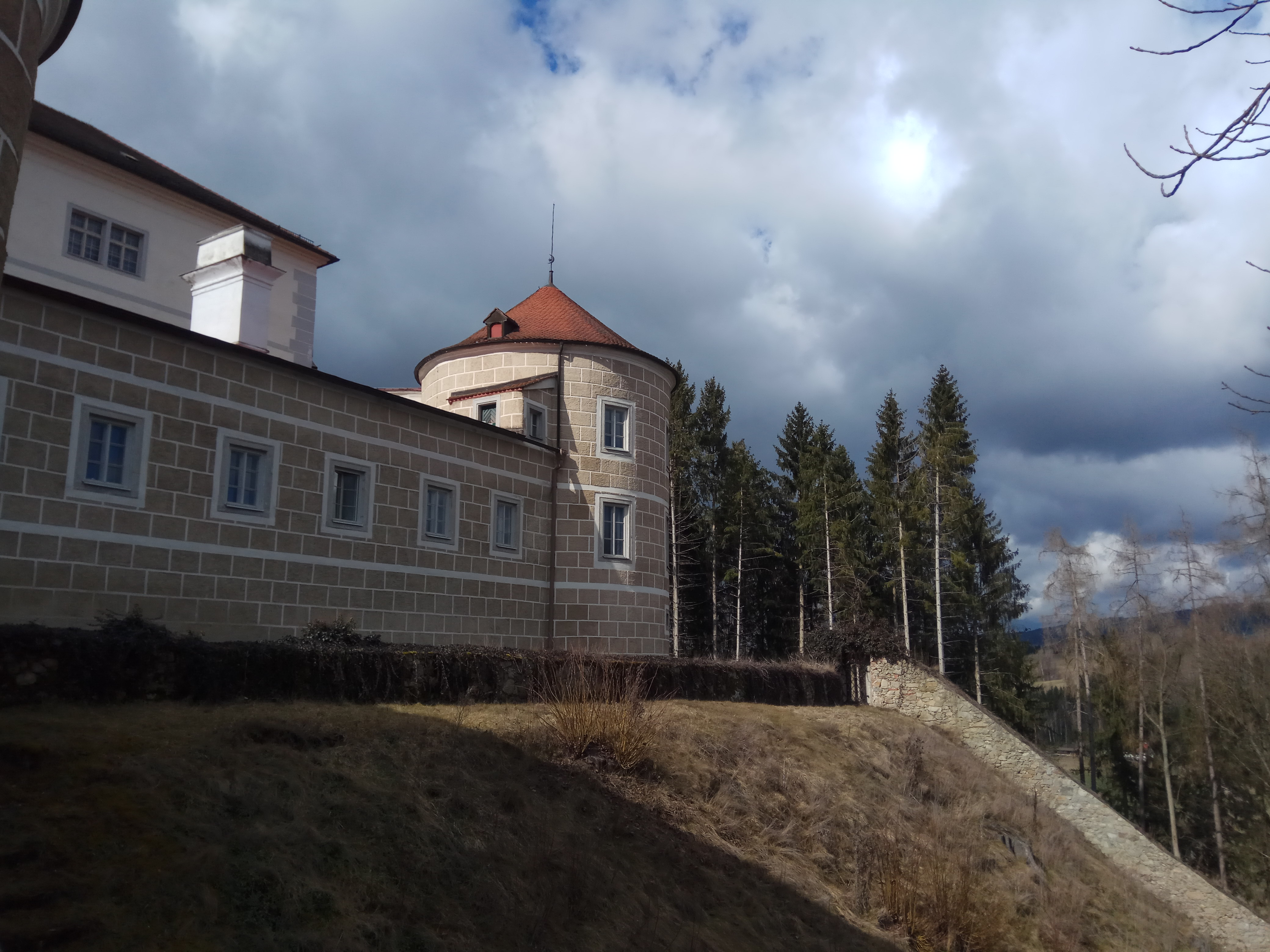
The Weinberg castle. 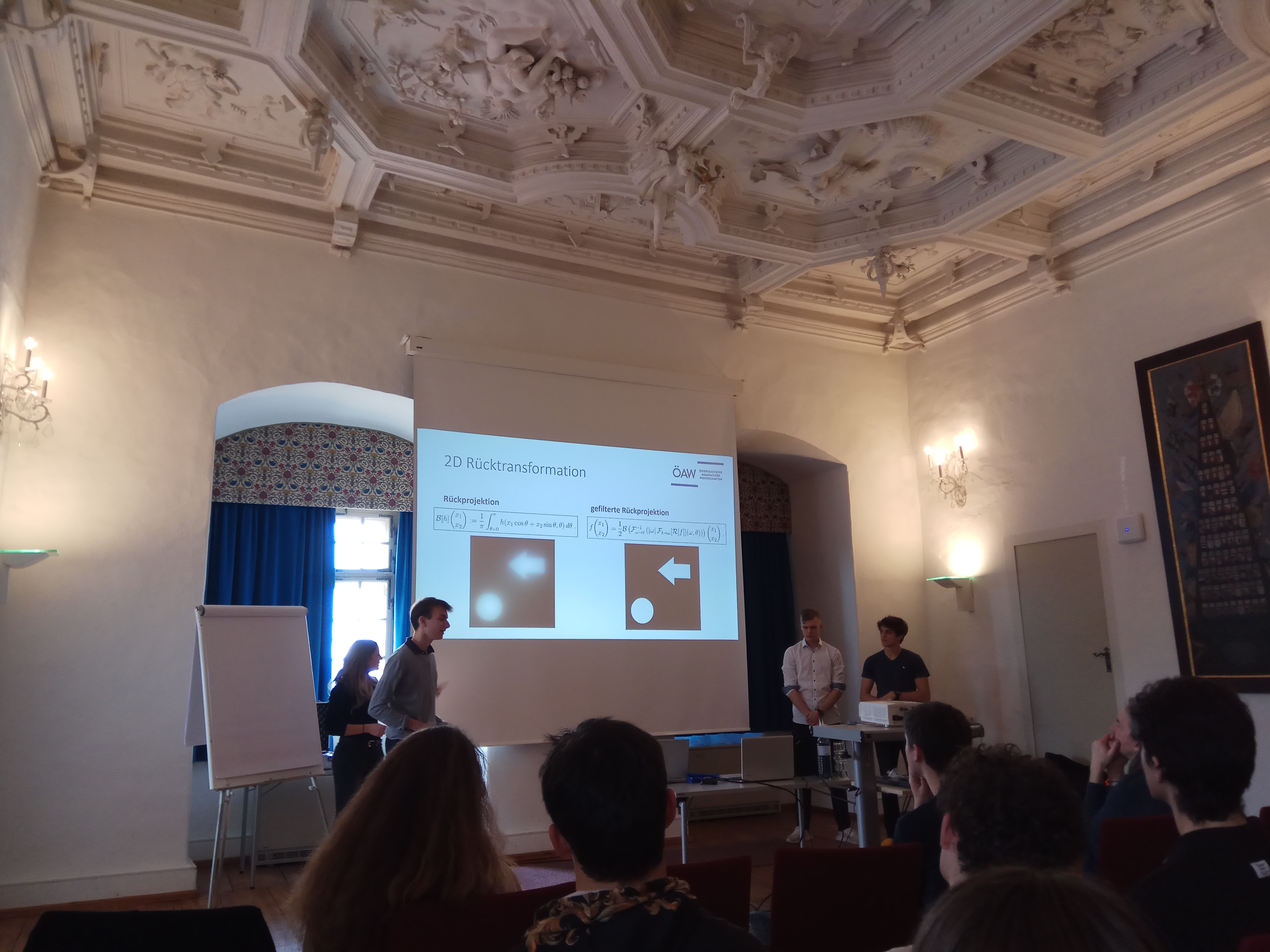
The students presenting what they learned. 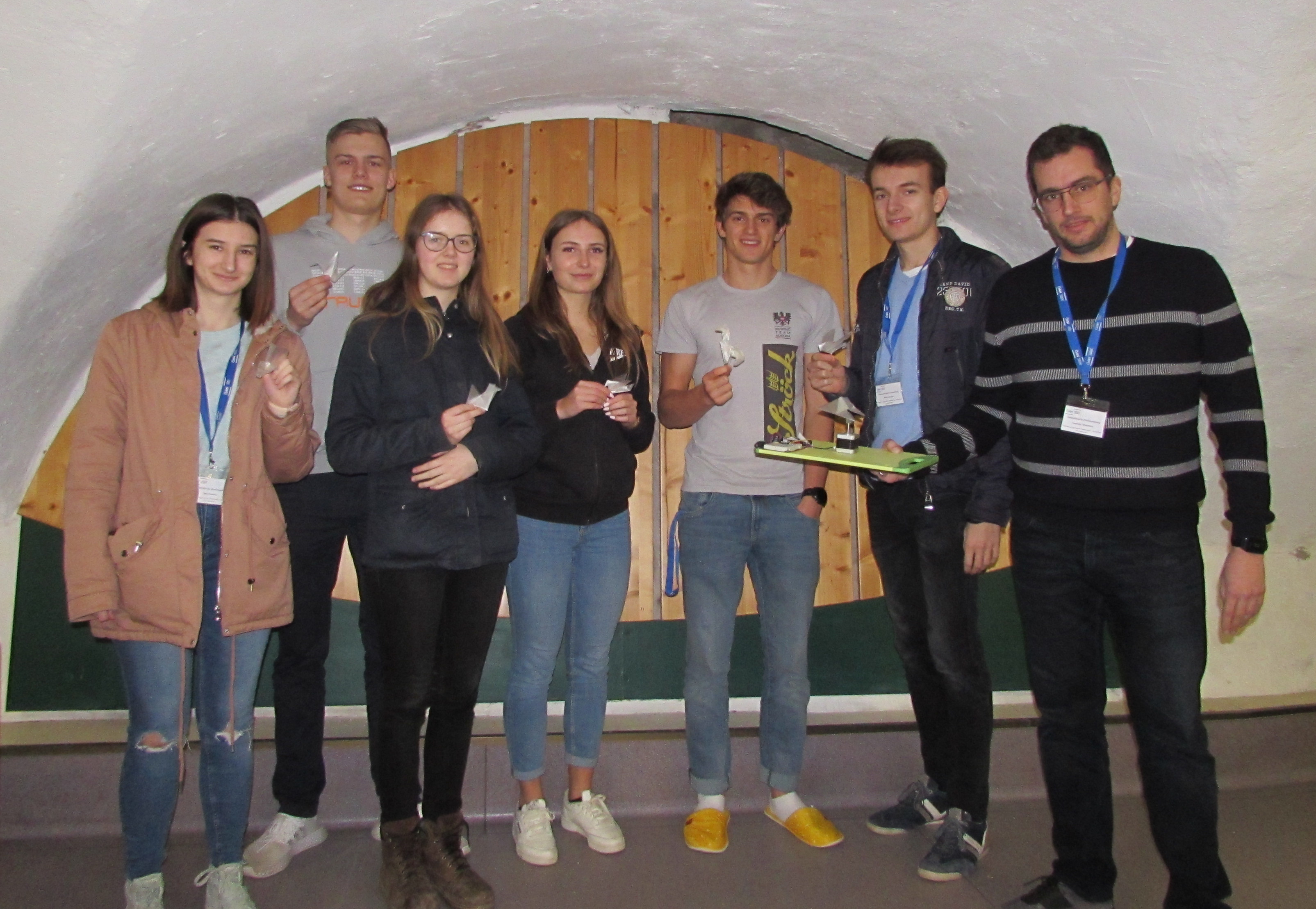
The team “Radon” and their origami figures. 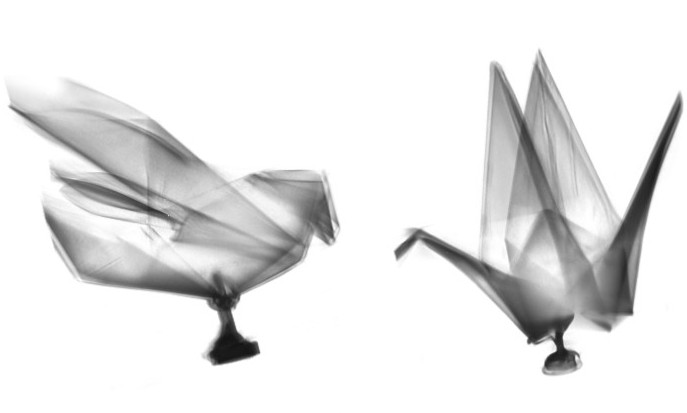
Some of the origami reconstructions.
–> click here for an online raytracer of a volumetric reconstruction
